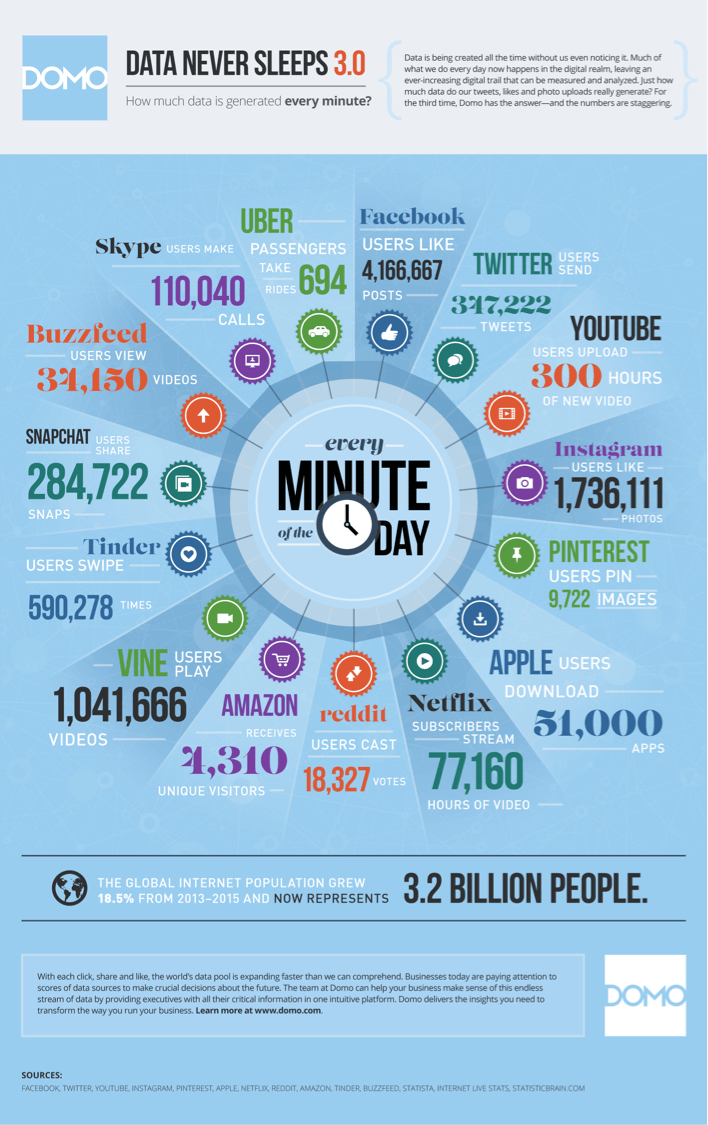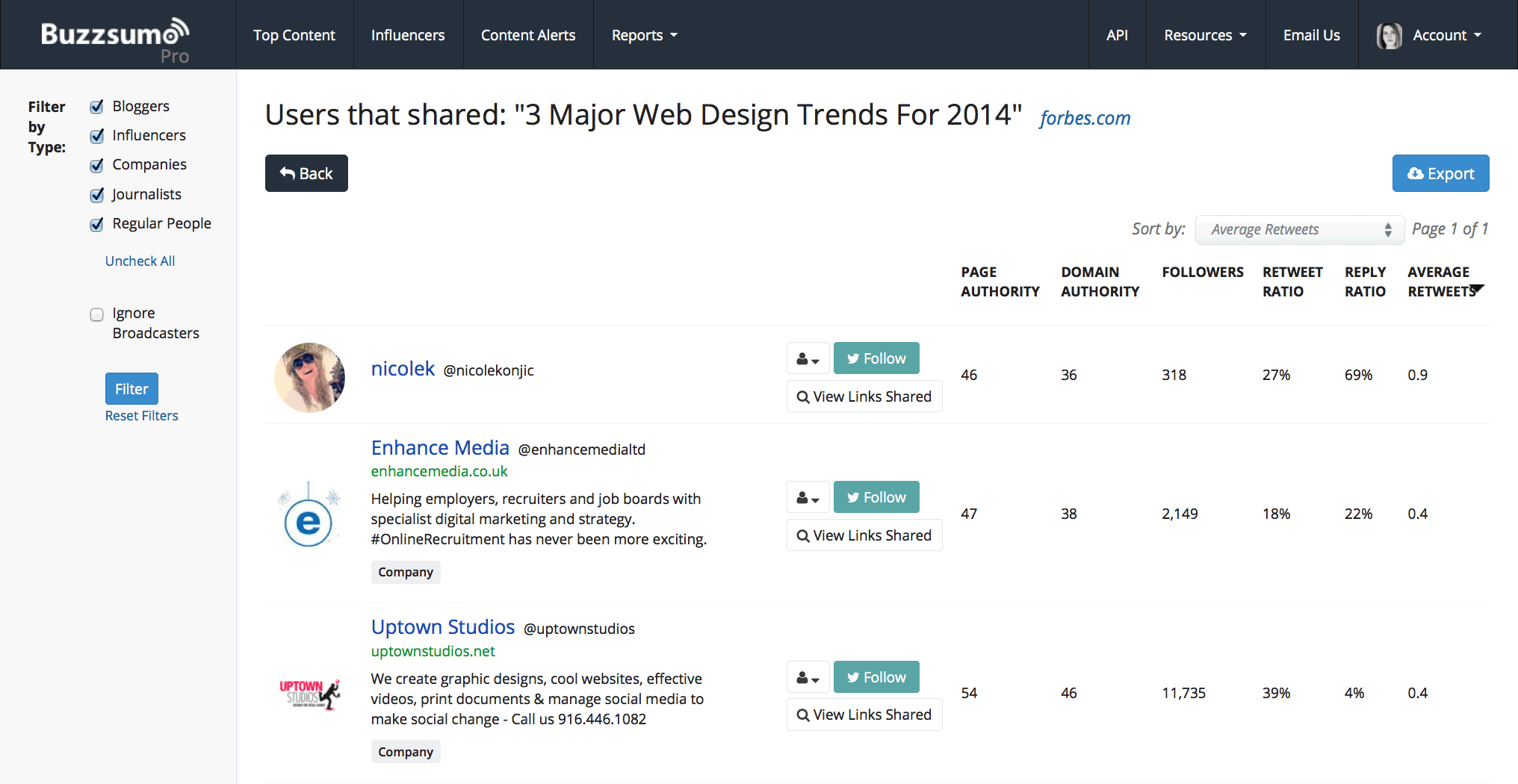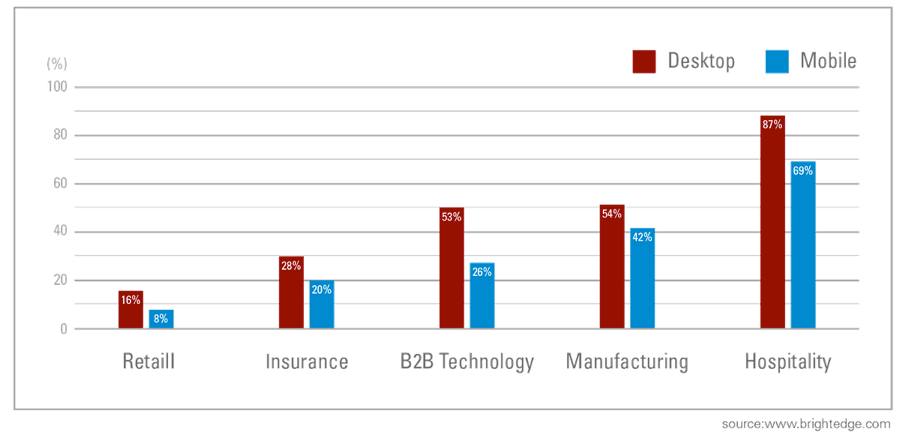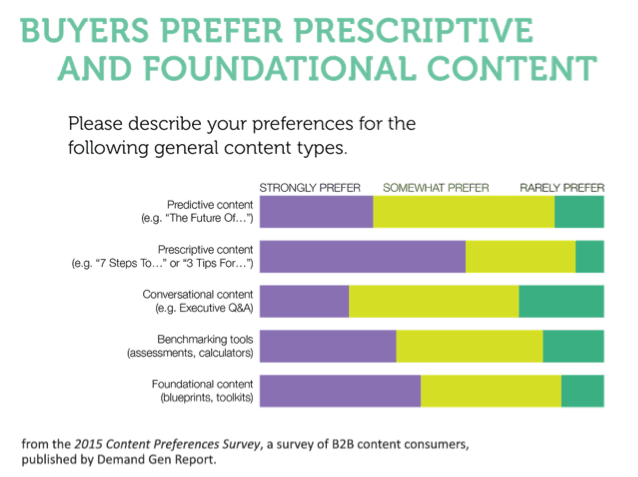2016 holds a lot of promise for content marketers. But there are some challenges. Things like content shock and mobile usage aren’t going to go away, but there are plenty of ways to mitigate the damage. If you’re smart and fast, you might even come out ahead.
If you’ve already figured out your content marketing strategy for the new year, kudos to you. I hope this list just affirms what you’re already preparing for.
But if you haven’t got your strategy figured out yet, no worries. There’s always that quiet week between Christmas and New Year’s to figure things out. There are a lot of things shaping content marketing right now, and quite a few opportunities to enjoy. Here’s what I see for the coming year.
1) Content shock will continue – and get worse.
Bad news first. Sorry. But most content marketers say they’ll be creating more next year. Our audiences are already consuming about as much content as they can, given the restraints of sleep and work. If they can’t soak up any more content, and we’re set on creating more and more content, there’s going to be content shock.
“Wait, what is content shock?”
If you’re not a content marketing geek, “content shock” is what happens when there’s more content to consume than there is time or interest to consume it. It’s a problem for content marketers because it means we’ve got to make better content, promote it better, and make more of it, just to keep getting the same results.

2) Weak content will get less and less effective.
This is an outgrowth of content shock. It’s also a heartening sign of what happens as the days of spam content pass. I think pretty much everyone understands now that Google won’t reward filler content.
But just doing better than filler content isn’t enough. Even decent content isn’t good enough. There’s just so much content available now, and so little time to consume it, you have to aim for first-rate, world-class content if you seriously want people to read and share it. And even then, some world-class content creators are seeing their share counts drop off.
Trouble is, very little of the content being published is resonating with its audience. According to a study from Moz and BuzzSumo, half of the articles published online get eight shares or less. Most of the content being created is still not good enough.

3) We will all be creating more content.
According to the Content Marketing Benchmarks, Budgets and Trends reports published by The Content Marketing Institute and Marketing Profs, more than three-quarters of marketers say they will be creating more content next year than they did this year.
More content being created means more content shock, but that’s just the beginning. More content creation also means more demand for content creation skills and the people who wield them.
That could mean you recruit existing staff to start helping out with content creation. Or maybe you’ll hire more freelancers. Or a full-time writer or designer. Or maybe you’ll partner with influencers and other companies. I predict all those kinds of content creation partnerships and practices will become more common.
Don’t let your own content creation skills get rusty, either. Books like Ann Handley’s Everybody Writes can help. For graphic design skills, check out Canva’s Design School blog.
4) Influencer marketing will expand.
Influencer marketing is a beautiful solution to many of the problems content marketers struggle with:
- Creating more content
- Creating high-quality content
- Promoting that content
- Building their audience
- Building trust and authority
Being able to hit all five of those marks with one technique pretty much assures this is a thing we’ll see more of. When you roll in the fact that most influencer marketing partnerships don’t even involve cash payments, it gets even more interesting.

5) We’ll all get better at content promotion – or our content marketing will fail.
What do you think is the single biggest mistake content marketers are making? Would it be not having a written-out strategy? Not adding a call to action? Or maybe not promoting their content enough?
My vote would be for not promoting their content enough. This seems to be the biggest cause of failure. Probably only 10% of us are spending as much time promoting our content as we spent on creating it. And that’s a generous estimate.
I know it’s hard to drum up the energy to promote your content after you’ve hit publish. You may just not want to do more than send out an email announcement and write a few tweets.
But try to push yourself. Aim to do even 30 minutes more promotion for each piece of content you publish. You’ll see results if you track your content promotion efforts, and get smart about how you invest your promotion time.
Content without promotion is kinda like the tree that falls in the forest. If nobody reads or shares your content… does the work you put into it really matter?
6) Mobile content consumption will shape content marketing more and more.
We’re already past the point where more than half of all emails are opened on mobile devices. And there’s more data every day pointing to the relentless rise of mobile use. That affects content marketing, and it will continue to do so.
But it doesn’t have to be a bad thing, if you’re ready for it. In fact, if your site’s mobile-friendly, and you’ve got content formatted for mobile users, the rise of mobile use is nothin’ but a good thing. It puts you ahead of competitors who aren’t yet up to speed.

7) The listicle will never die.
Whether you love listicles or not, the Internet adores them. The humble listicle continues to get more shares than more literary article formats. It also gets read more often, and more completely.
Here are two different studies backing up the awesome power of the listicle. One for B2C audiences from BuzzStream and Fractl:
And one from Demand Gen Report for B2B audiences:
“Why? Why won’t the listicle just die?”
Five reasons (oooh… a listicle within a listicle):
- Listicles are easier to scan. We scan online more than we read.
- Listicles give us a way to digest a lot of information more quickly and more easily, even if we do actually read them).
- We know what to expect from listicles.
- Listicles sound like they’re easier to read, which makes them more friendly to our information-overloaded, highly distracted minds. It also makes us more likely to click their headlines.
- Listicles make it sound like we have lots of options and choices. That makes it sound like we’ve found a way – a bunch of ways – to make the task easier.
A bonus prediction:
Content marketing isn’t just for marketers anymore. And it’s not just for lead generation. It’s already being used by sales in the later stages of the funnel to help close deals, and increasingly marketing is getting involved in creating messaging and content for the customer success department. The point is: marketers have an entire customer lifecycle to mind, and increasingly they’re working hand-in-glove with the other teams, as a trifecta of organization and outreach.
And finally, a resolution: Go on a content diet.
Wah? Isn’t content marketing about creating more and more content? That may be so, but I wonder what would happen if we all took a month off from content creation. A content creation fast, of sorts.
Instead of endlessly cranking out more content, spend the month reformatting and updating content you’ve already got. Start with what’s performed best. Make it better.
I bet most marketers could do a whole month of updating and re-publishing their “top 10 hits” into more formats without losing much content creation momentum. We’d end up with better content, in more formats. That means more exposure to new audiences. Throw in some thorough promotion efforts, and you might be pleasantly surprised with the results.
What do you think?
Got your crystal ball out? Have I missed some blazingly-obvious trend that’s sure to get trendier next year? Tell us all about it in the comments.


